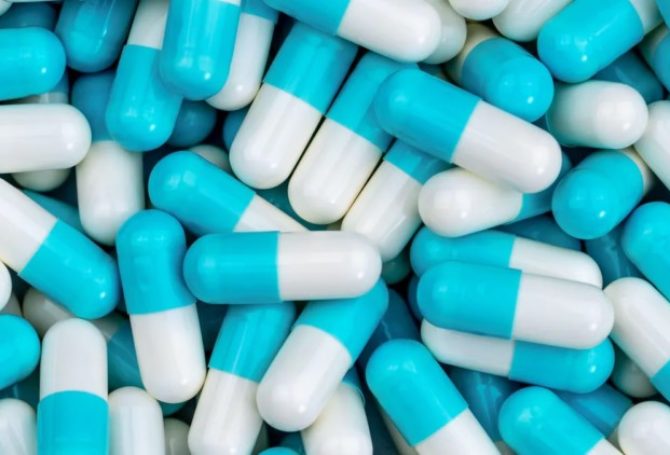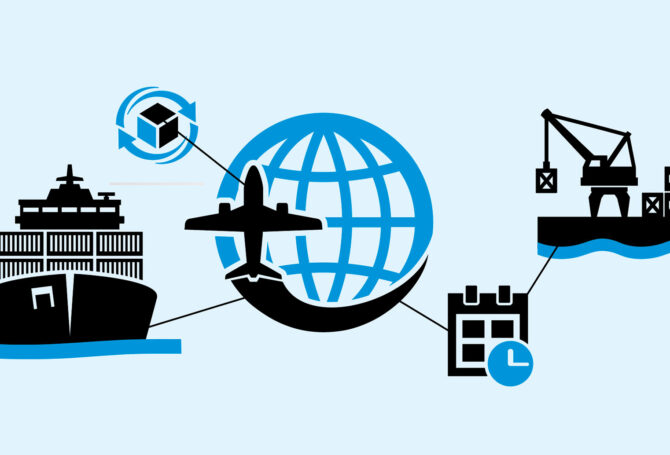
As COVID-19 infections ebb, it’s time for reflecting how to prevent a repeat pandemic. Bill Gates says we should concentrate on antivirals to contain a virus rather than just counting on a vaccine to prevent it from spreading.

While praising scientists for the rapid development of effective COVID-19 vaccines, Gates says fewer people would have been hospitalized and died if there had been simultaneously rapid development of effective COVID-19 antivirals, which people would have taken after testing positive for the infection.
“In the event of another pandemic, even if the world is able to develop a vaccine for a new pathogen in 100 days, it will still take a long time to get the vaccine to most of the population,” Gates writes in a guest essay published in The New York Times. “This is especially true if you need two or three doses for full and continued protection. If the pathogen is especially transmissible and deadly, a therapeutic drug could save tens of thousands of lives or more.”
For Gates, developing new vaccines and antiviral drugs are symbiotic, not antithetical. The world needs both to prevent viral strains from turning into pandemics.
Historically, new medicines have been developed through trial and error – and luck, according to Gates. Now, digital tools can speed up the lengthy process. Viral genetic codes can be mapped to identify target proteins to attack. In weeks, not years, 3-D modeling and robotic machines can test thousands of different compounds to combat target proteins in weeks. Promising compounds can advance to clinical testing to ensure efficacy, as chemical scientists get to work on how to manufacture the most effective compounds.
Gates believes the process can be streamlined further by investing in antiviral infrastructure. He recommends expanding digital drug libraries so researchers can quickly scan for existing therapeutics that might fend off surging new viruses. He especially favors documenting pan-family and broad-spectrum therapies that can treat a wide variety of viral infections.
Another area for investment, Gates says, is in learning more about how to trigger “innate immunity” in people to strengthen their ability to ward off infection. A therapeutic trigger could go to work within hours after a virus is detected, he explains.
“To deliver on these promising approaches, the world needs to invest more into understanding how various dangerous pathogen interact with human cells,” Gates says. “Scientists are working on ways to mimic these interactions so that they can quickly figure out which drugs might work in an outbreak.”
Perhaps the seminal lesson learned from COVID-19, asserts Gates, is that therapeutics didn’t rescue the world from a pandemic, but with effort they could play a major global role in heading off the next potential pandemic if we invest now in critical research.
“This will require substantial investment to bring together academia, industry and the latest software tools,” he says. “But if we succeed, the next time the world faces an outbreak, we’ll save millions more lives.” Therapeutic medicines are easier to distribute, can be self-administered and timelier, thus averting many hospitalizations, disrupted health systems and patient deaths.
The science involved in creating vaccines and antivirals may eclipse the understanding of normal people. But the payoff for successful vaccine and antiviral development is easy to grasp and appreciate, even among a fractured public who disagreed about lockdowns, school closures and masks.
The Biden administration has proposed a $65 billion investment over 10 years to design, test and approve a vaccine that can be approved within 100 days of an emergent virus. The idea is to identify protype pathogens from each of 26 viral families known to infect humans and develop respective vaccines for each. The advance of mRNA vaccines created in labs makes the scope and objective of the proposed investment realistic.
An article in Scientific American published earlier this year suggested the success of mRNA vaccines could be traced back to investments in response to the SARS-CoV-1 outbreak in 2002 and the MERS outbreak in 2015. “So with a combination of optimism and fear – optimism that a fast response is possible and fear that the next pathogen might not succumb so easily – pandemic preparedness has taken on a renewed urgency, which hopefully won’t dissipate once the current pandemic ends,” the magazine notes.
What Gates recommends isn’t unique or new. A Pandemic Prevention Platform P3) was developed in 2017 with the goal of producing a protective antibody against an emerging virus within 60 days of receiving a sample. This was put to the test in early 2020 when researchers received the first patient sample of COVID-19. Two drug makers working in concert developed a therapeutic in 91 days. This therapeutic and a similar one developed by another team wound up as a treatment for 600,000 patients infected with COVID-19.
“The P3 groups collectively demonstrated that antibodies can be isolated and deployed quickly, not just for treatment, but also for prevention, and that this can be done even from scratch in a few months, faster than for typical vaccines,” the magazine reported. “And although the RNA vaccines were also put into arms in amazingly short order, a vaccine-induced immune response can take weeks to months to develop. Furthermore, RNA vaccines may not work for all viruses nor for all people, such as those who are immunocompromised (by some estimates, as many as 15 million in the US alone).”
The science involved in creating vaccines and antivirals may eclipse the understanding of normal people. But the payoff for successful vaccine and antiviral development is easy to grasp and appreciate, even among a fractured public who disagreed about lockdowns, school closures and masks. Making viral outbreaks a nuisance the entire world can live with seems non-debatable.




